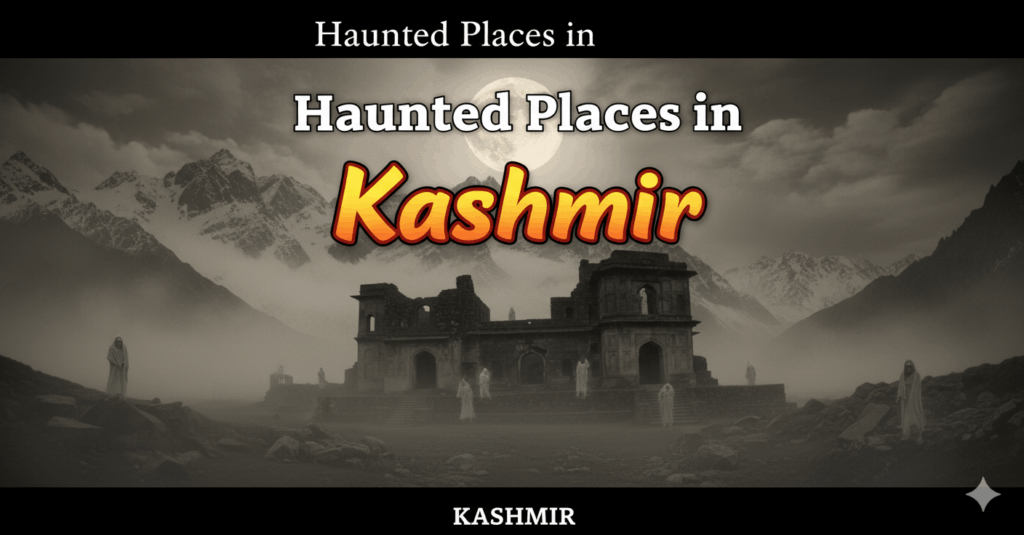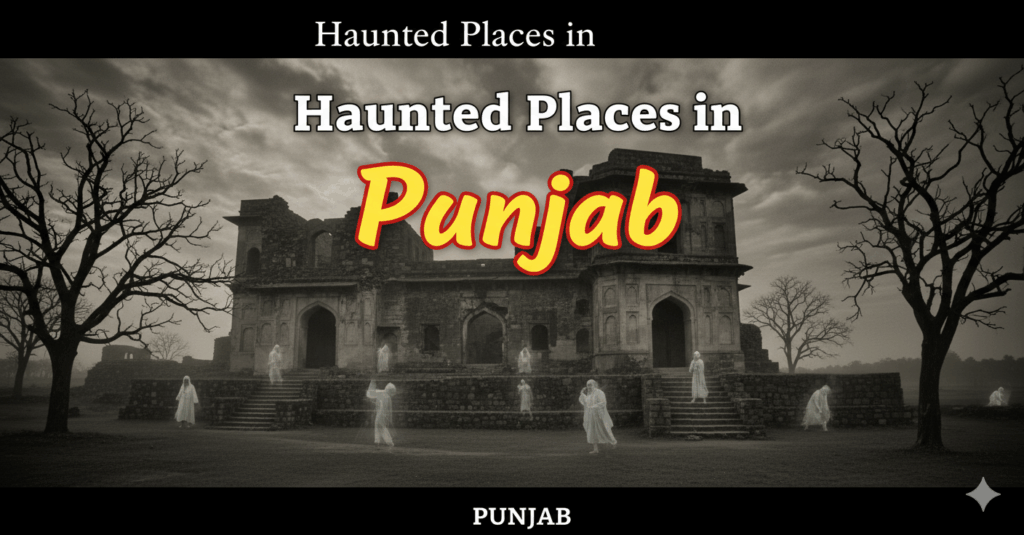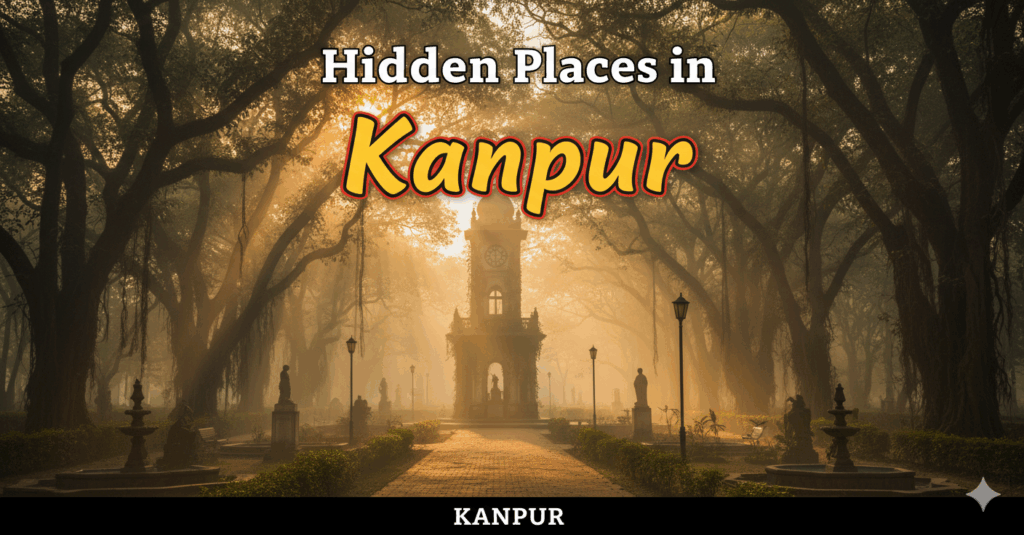The best time to visit Ghatshila is October to March when temperatures range from 10-28°C, waterfalls are at optimal flow, and all tourist attractions remain easily accessible with comfortable weather for sightseeing and outdoor activities.
Ghatshila emerges as Jharkhand’s premier hill station destination, attracting thousands of nature enthusiasts annually to experience its scenic waterfalls, ancient temples, and rich cultural heritage along the Subarnarekha River. Located in East Singhbhum district just 45 km from Jamshedpur, this picturesque town offers diverse attractions from Dharagiri Falls to Phuldungri Hilltop, but timing your visit incorrectly can mean facing extreme weather conditions, closed attractions, or missing the region’s most beautiful seasonal transformations.
Understanding the best time to visit Ghatshila is crucial for maximizing your tourism experience while ensuring comfortable travel conditions and optimal sightseeing opportunities. Poor timing can result in inaccessible waterfalls during dry seasons, uncomfortable heat reaching 40°C during peak summer, limited accommodation availability during festivals, or monsoon-related travel disruptions. Strategic planning around seasonal variations, weather patterns, and local festivals ensures you experience Ghatshila’s natural beauty and cultural richness at their absolute finest.
Table of Contents
Best Time to Visit Ghatshila: Month-by-Month Ghatshila Tourism Guide
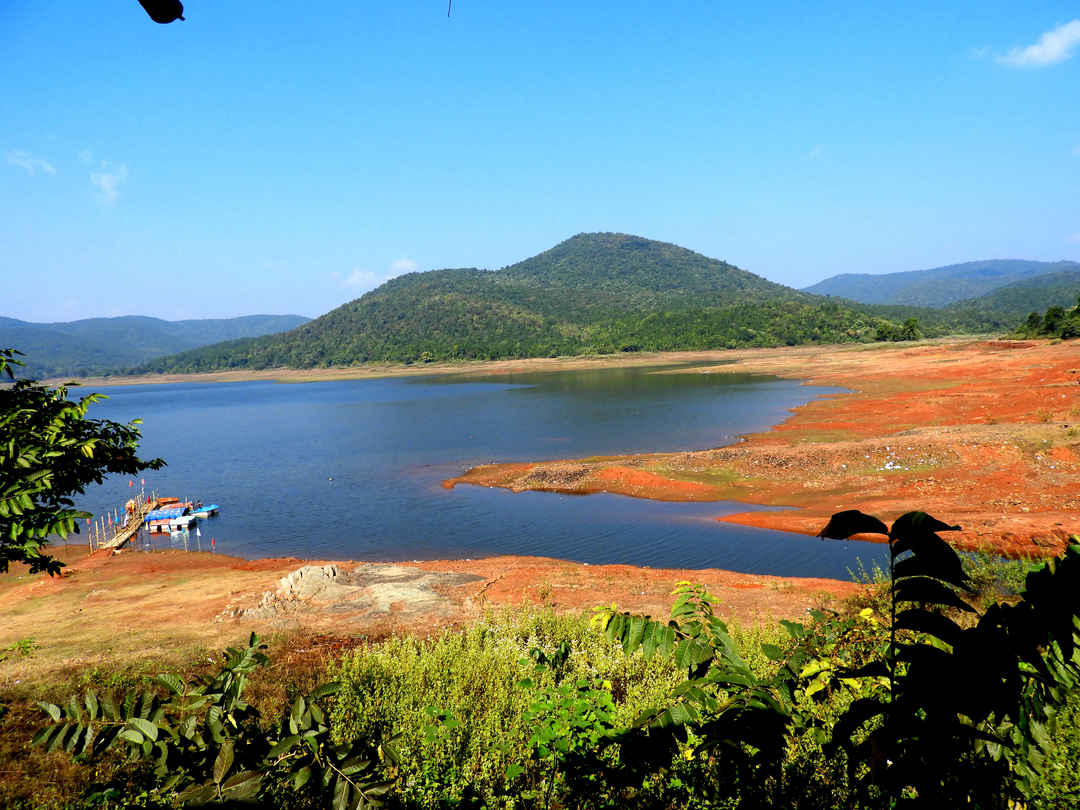
The best time to visit Ghatshila spans from October through March, with distinct advantages during different periods. Post-monsoon months offer spectacular waterfalls and lush landscapes, winter provides comfortable temperatures for extensive sightseeing, while summer heat requires strategic planning for optimal ghatshila tourism experiences Understanding seasonal variations helps optimize your ghatshila tour plan for specific attractions and activities throughout the year.
| Month | Temperature | Highlights | Crowd Level | Special Features |
|---|---|---|---|---|
| January | 10-22°C | Perfect weather, festivals | High | Makar Sankranti celebrations |
| February | 12-25°C | Ideal for photography | High | Clear skies, comfortable trekking |
| March | 15-28°C | Spring blooming | Moderate | Wildflowers, pleasant evenings |
| April | 20-32°C | Early morning visits | Low | Golden hour photography |
| May | 25-38°C | Heat management required | Very low | Budget accommodation rates |
| June | 24-35°C | Monsoon onset | Very low | Early monsoon freshness |
| July-August | 22-32°C | Peak monsoon | Minimal | Spectacular waterfalls |
| September | 20-30°C | Post-monsoon transition | Low | Enhanced natural beauty |
| October | 18-28°C | Peak tourist season begins | High | Festival season, clear weather |
| November | 15-26°C | Optimal conditions | Very high | Durga Puja nearby, perfect weather |
| December | 12-24°C | Cool and comfortable | High | Winter festivals, clear visibility |
Best Time to Visit Ghatshila: Prime Tourism Season
The post-monsoon period emerges as the definitive best time to visit Ghatshila, offering spectacular waterfall displays, comfortable weather conditions, and optimal visibility for exploring all tourist places in Ghatshila. This season provides crystal-clear air quality, lush green landscapes refreshed by monsoon rains, and perfect temperatures for extended outdoor activities.
October: Post-Monsoon Waterfall Spectacular
October delivers the most impressive natural displays with waterfalls at peak flow and surrounding landscapes in pristine condition after monsoon nourishment.
October highlights:
- Dharagiri Falls excellence: Peak 60-meter cascades with maximum water volume
- Galudih Barrage beauty: Optimal water levels perfect for boating and scenic photography
- Phuldungri Hilltop views: Clear atmospheric conditions providing panoramic vistas
- Subarnarekha River banks: Perfect for golden hour photography and riverside walks
- Festival atmosphere: Local celebrations including Durga Puja influences from nearby Bengal
Adventure travelers often enhance their Eastern India exploration through Darjeeling Tour Package from Mumbai, combining Ghatshila’s riverine beauty with Darjeeling’s tea gardens and mountain railways for comprehensive regional experiences.
November to December: Peak Comfort Season
Late post-monsoon and early winter months provide optimal balance between natural beauty and tourist comfort, making this period ideal for comprehensive sightseeing.
Peak season advantages:
- Perfect temperatures: Comfortable 15-25°C ideal for all-day outdoor exploration
- Festival celebrations: Chaitra Parva and local tribal festivals enhancing cultural experiences
- Photography excellence: Clear skies and excellent visibility for landscape documentation
- Extended activity hours: Cool weather enabling dawn-to-dusk sightseeing schedules
Comfortable Winter Season: January to March
The winter and early spring period offers excellent ghatshila sightseeing opportunities with comfortable day temperatures, minimal rainfall, and consistent weather patterns perfect for comprehensive tourism activities. While waterfalls reduce flow compared to post-monsoon peaks, this season provides reliable conditions for systematic exploration of all major attractions.
January to February: Festival and Photography Season
Winter months deliver optimal tourist conditions with comfortable temperatures and clear atmospheric visibility, coinciding with major local festivals and celebrations.
Winter specialties:
- Makar Sankranti celebrations: Traditional kite flying festivals and cultural programs
- Photography workshops: Clear lighting conditions perfect for landscape and cultural documentation
- Comfortable trekking: Cool weather ideal for exploring Phuldungri Hilltop and forest trails
- Riverside activities: Pleasant temperatures for extended Subarnarekha River exploration
Many visitors enhance their Eastern India journey through Sikkim Tour Packages from Mumbai, creating comprehensive mountain and forest experiences across multiple states during optimal weather conditions.
March: Spring Transition Excellence
March provides perfect balance between winter comfort and approaching summer energy with blooming landscapes and moderate temperatures.
March advantages:
- Wildflower season: Spring blooming enhancing natural beauty and photography opportunities
- Comfortable temperatures: Warm but pleasant 15-28°C perfect for extended outdoor activities
- Clear weather: Minimal rainfall with excellent visibility for sightseeing and adventure activities
- Extended daylight: Longer days providing more time for comprehensive attraction coverage
Pre-Summer Challenges: April to June
The late spring and summer period presents significant challenges with temperatures reaching 40°C, requiring strategic planning and heat management for successful ghatshila tourism experiences. While fewer crowds and reduced rates offer advantages, the extreme heat limits outdoor activities to early morning and evening hours.
April to May: Heat Management Season
Rising temperatures require strategic activity timing though clear skies provide excellent photography conditions for early morning and evening activities.
Summer strategies:
- Ultra-early starts: 5:30-8:30 AM for waterfall visits before temperature rise
- Midday shelter: Air-conditioned accommodations and indoor cultural activities during peak heat
- Evening resumption: Activities after 5:30 PM when temperatures begin moderating
- Hydration priority: Constant water intake and electrolyte management essential
Efficient travel planning often utilizes Online Flight Booking in Mumbai services for comfortable connectivity to nearby airports, enabling convenient multi-destination Eastern India itineraries.
June: Pre-Monsoon Preparation
Early monsoon onset provides relief from extreme heat while creating unique atmospheric conditions and preparing landscapes for the upcoming rainy season.
June characteristics:
- Temperature moderation: Early monsoon clouds reducing peak heat intensity
- Pre-monsoon freshness: Initial rainfall creating enhanced air quality and natural beauty
- Reduced crowds: Minimal tourism creating intimate experiences at popular attractions
- Preparation activities: Local infrastructure preparing for upcoming monsoon season
Monsoon Season: July to September (Adventure Tourism)

The monsoon period transforms Ghatshila into a dramatic landscape with spectacular waterfalls and lush greenery, though accessibility challenges limit typical tourism activities. Ghatshila tourism during monsoons attracts adventure enthusiasts and nature photographers seeking dramatic landscapes and authentic experiences away from conventional tourist seasons.
Peak Monsoon: July to August
Heavy rainfall creates spectacular natural displays while requiring serious safety precautions and flexible planning for any outdoor activities.
Monsoon attractions:
- Dharagiri Falls drama: Maximum flow creating thunderous 60-meter cascades
- Subarnarekha River power: Enhanced flow providing dramatic riverside experiences
- Lush landscapes: Monsoon-nourished vegetation creating emerald green scenery
- Atmospheric photography: Dramatic cloud formations and misty conditions for unique documentation
Safety and accessibility: Monsoon conditions create significant challenges requiring careful planning, local guidance, and flexible schedules for safe tourism experiences.
- Landslide risks: Potential road blocks requiring flexible travel schedules and local updates
- Waterfall dangers: High water levels making swimming and close approach dangerous
- Transportation challenges: Road conditions requiring 4WD vehicles and experienced drivers
- Accommodation limitations: Many facilities closing for maintenance and weather protection
September: Monsoon Conclusion Beauty
Late monsoon presents optimal balance between dramatic natural displays and improving accessibility as weather patterns begin transitioning toward post-monsoon season.
September advantages:
- Decreasing rainfall: Gradual weather improvement with maintained natural beauty
- Enhanced landscapes: Peak lush conditions from monsoon nourishment
- Unique photography: Transitional lighting and dramatic sky conditions
- Preparation for peak season: Attractions and facilities preparing for upcoming tourist influx
Top Tourist Places in Ghatshila: Complete Sightseeing Guide

Ghatshila is famous for its diverse natural attractions, cultural heritage sites, and scenic beauty along the Subarnarekha River, offering comprehensive experiences for nature lovers, culture enthusiasts, and adventure seekers. Understanding optimal visiting conditions for each attraction helps maximize your ghatshila sightseeing experience across different seasons.
Major Natural Attractions
Ghatshila’s natural beauty encompasses diverse landscapes from powerful waterfalls to serene lakes, each offering distinct seasonal experiences and recreational opportunities.
1. Dharagiri Falls (Primary attraction)
- Best season: October-December for spectacular flow and comfortable access
- Height: 60 meters with natural swimming pools at base
- Activities: Photography, swimming (seasonal), trekking, picnicking
- Access: 15 km from main town, motorable road with short trek
2. Galudih Barrage and Lake
- Optimal visiting: October-March for water activities and scenic beauty
- Features: Boating facilities, fishing opportunities, sunset photography
- Cultural significance: Local fishing community interactions and traditional boat rides
- Facilities: Accommodation options, dining, and recreational facilities
3. Phuldungri Hilltop
- Peak conditions: November-February for clear panoramic views
- Elevation: Moderate climb with 360-degree valley views
- Activities: Sunrise/sunset photography, trekking, bird watching
- Best timing: Early morning (5-7 AM) and evening (4-6 PM) for optimal lighting
4. Burudih Lake (Also known as Burudi Lake)
- Seasonal variation: Post-monsoon and winter for optimal water levels
- Recreation: Boating, fishing, lakeside picnics, and photography
- Natural beauty: Surrounded by hills with peaceful environment
- Access: Easy connectivity with parking and basic facilities
5. Subarnarekha River Banks
- Year-round attraction: Different seasonal experiences with varying water levels
- Activities: Riverside walks, photography, fishing, cultural programs
- Golden hour magic: Sunrise and sunset providing exceptional photographic opportunities
- Cultural importance: Local washing ghats and traditional river-dependent lifestyle
6. Local Temples and Religious Sites
- Best visiting: October-March for comfortable exploration and festival participation
- Significance: Mix of tribal traditions and mainstream Hindu practices
- Cultural programs: Traditional festivals, especially during winter months
- Architecture: Local stone work and traditional design elements
7. Tribal Cultural Centers
- Optimal experience: Winter months for authentic cultural interaction
- Activities: Traditional craft workshops, music performances, cultural exchange
- Authentic experiences: Local lifestyle observation and community participation
- Seasonal variations: Different cultural activities based on agricultural and festival cycles
8. Bengali Cultural Influence Areas
- Year-round interest: Cultural centers and community programs
- Cuisine: Bengali sweets, fish preparations, and seasonal specialties
- Festivals: Durga Puja influences and cultural celebrations
- Language: Bengali and Hindi widely spoken facilitating cultural exchange
Things to Do in Ghatshila: Activity Guide
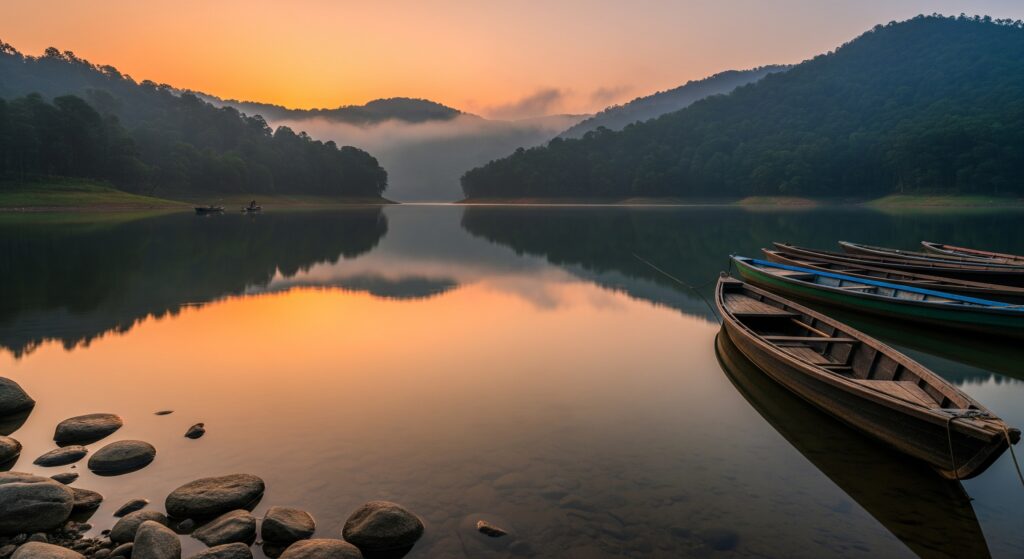
Things to do in Ghatshila encompass diverse experiences from adventure activities to cultural immersion, with optimal timing varying seasonally to maximize comfort and experience quality. Strategic activity planning ensures comprehensive exploration while accommodating weather conditions and seasonal accessibility.
Ghatshila’s diverse landscape provides excellent opportunities for various adventure sports and outdoor activities, with optimal conditions varying seasonally based on weather and natural conditions.
Trekking and Hiking:
The region offers multiple trekking routes suitable for different skill levels, with comfortable weather conditions during post-monsoon and winter seasons.
- Best season: October-March for comfortable temperatures and clear trails
- Popular routes: Phuldungri Hilltop, Dharagiri Falls approach, riverside nature trails
- Difficulty levels: Easy to moderate suitable for families and beginner trekkers
- Equipment: Basic hiking gear, comfortable shoes, water, and sun protection
Water Activities:
The Subarnarekha River and various lakes provide diverse water-based recreational opportunities, with seasonal variations in accessibility and safety conditions.
- Boating: Galudih Barrage and Burudih Lake during post-monsoon and winter
- Swimming: Dharagiri Falls pools (seasonal and safety dependent)
- Fishing: Subarnarekha River and lakes with local guide assistance
- River rafting: Limited seasonal opportunities during optimal water levels
Photography Tours: Ghatshila’s scenic beauty offers exceptional photography opportunities throughout the year, with different seasonal conditions creating varied lighting and landscape possibilities.
- Golden hour sessions: Sunrise and sunset at river banks and hilltops
- Waterfall photography: Peak flow conditions during post-monsoon season
- Cultural documentation: Local festivals, traditional activities, and tribal culture
- Landscape photography: Panoramic views from Phuldungri and scenic viewpoints
Travel Information: How to Reach Ghatshila ?
Understanding transportation options and connectivity helps optimize travel planning while ensuring comfortable and economical access to ghatshila tourism destinations from major cities across India.
Distance and Travel Times from Major Cities
Understanding connectivity from major urban centers helps in planning efficient travel routes and choosing appropriate transportation modes based on budget and time preferences.
From Major Urban Centers:
- Jamshedpur: 45 km (1.5 hours by road)
- Kolkata: 240 km (5-6 hours by road, train connectivity available)
- Ranchi: 180 km (4-5 hours by road)
- Bhubaneswar: 350 km (7-8 hours by road)
- Dhanbad: 120 km (3 hours by road)
Transportation Options
Multiple transportation modes provide flexibility in reaching Ghatshila, with options ranging from economical to comfortable based on individual preferences and budget considerations.
By Air: Air travel provides the fastest connectivity to the region, though requiring additional ground transportation from airports to reach Ghatshila destination.
- Nearest airport: Birsa Munda Airport, Ranchi (180 km)
- Alternative: Netaji Subhas Chandra Bose Airport, Kolkata (240 km)
- Connectivity: Regular flights from Mumbai, Delhi, and other major cities
- Ground transport: Taxi services and bus connectivity available from airports
By Rail: Railway connectivity offers economical and comfortable travel options with direct connections from major cities across India to nearby stations.
- Nearest major station: Tatanagar (Jamshedpur) – 45 km from Ghatshila
- Direct connectivity: Regular trains from Mumbai, Delhi, Kolkata, Chennai
- Local transport: Bus, taxi, and shared vehicle services available
- Alternative stations: Ghatshila has its own small railway station with limited connectivity
By Road: Road transportation provides maximum flexibility with scenic routes and the ability to explore regional attractions during the journey to Ghatshila.
- National highways: Well-connected via NH-33 and state highways
- Bus services: State transport and private bus operators from major cities
- Private vehicle: Well-maintained roads suitable for cars and motorcycles
- Seasonal conditions: Monsoon may affect road conditions requiring weather updates
Conclusion
October through March emerges as the definitive best time to visit Ghatshila with October-December offering spectacular post-monsoon natural displays and January-March providing comfortable weather for comprehensive sightseeing. Whether seeking dramatic waterfall photography during peak flow seasons, cultural immersion through local community interaction, or adventurous exploration of tourist places in Ghatshila, strategic seasonal timing ensures optimal experiences while maintaining comfort and safety standards throughout your Jharkhand tourism journey.
Visit us at VDP Travels, Neighbourhood Complex, F- 5, near SBI Bank, Sector 4, Nerul, Navi Mumbai, Mumbai, Maharashtra 400706. For detailed Ghatshila tourism packages with experienced local guides and comprehensive seasonal planning covering optimal best time to visit Ghatshila timing, complete ghatshila tour plan creation, ghatshila sightseeing arrangements, and exploration of all places to visit in Ghatshila, call +91 99675 18405, or contact VDP Travels for transformative Eastern India experiences.
Best Time to Visit Ghatshila – FAQs
What is the absolute best time to visit Ghatshila?
October to March offers optimal conditions with comfortable 10-28°C temperatures, spectacular waterfalls, clear skies, and excellent accessibility for all tourist places in Ghatshila.
How should I plan a comprehensive ghatshila tour plan?
A ghatshila tour plan works best during October-March with 2-3 days covering Dharagiri Falls, Galudih Barrage, Phuldungri Hilltop, cultural sites, and riverside activities during comfortable weather.
What makes ghatshila tourism special?
Ghatshila tourism offers unique combination of scenic Subarnarekha River beauty, spectacular waterfalls, Bengali cultural influence, tribal heritage, and proximity to major cities creating diverse experiences.
Which are the must-visit tourist places in Ghatshila?
Essential tourist places in Ghatshila include Dharagiri Falls, Galudih Barrage, Burudih Lake, Phuldungri Hilltop, Subarnarekha River banks, local temples, and tribal cultural centers.
What are the top places to visit in Ghatshila for nature lovers?
Places to visit in Ghatshila for nature enthusiasts include all waterfalls, hilltop viewpoints, river banks for photography, lake areas for boating, and forest trails for trekking and bird watching.
How comprehensive is ghatshila sightseeing throughout the year?
Ghatshila sightseeing varies seasonally with complete comfort October-March, limited monsoon access July-September due to heavy rains, and heat management required April-June.
What is ghatshila famous for among tourists?
Ghatshila is famous for Dharagiri Falls, Subarnarekha River beauty, scenic hills, Bengali cultural influence, tribal heritage, proximity to Jamshedpur, and peaceful natural environment.
What are the best things to do in Ghatshila?
Things to do in Ghatshila include waterfall photography, river bank walks, boating at Galudih, hilltop trekking, cultural programs, local cuisine, tribal craft workshops, and nature observation.
How does weather affect Ghatshila tourism activities?
Weather significantly impacts activities with post-monsoon offering best waterfalls, winter providing comfortable sightseeing, summer requiring heat management, and monsoon creating dramatic but risky conditions.
What seasonal preparations are needed for optimal Ghatshila visits?
Seasonal preparation includes comfortable clothing for winter, heat protection for summer, rain gear for monsoons, trekking shoes, photography equipment, and cultural sensitivity for local community interactions.


